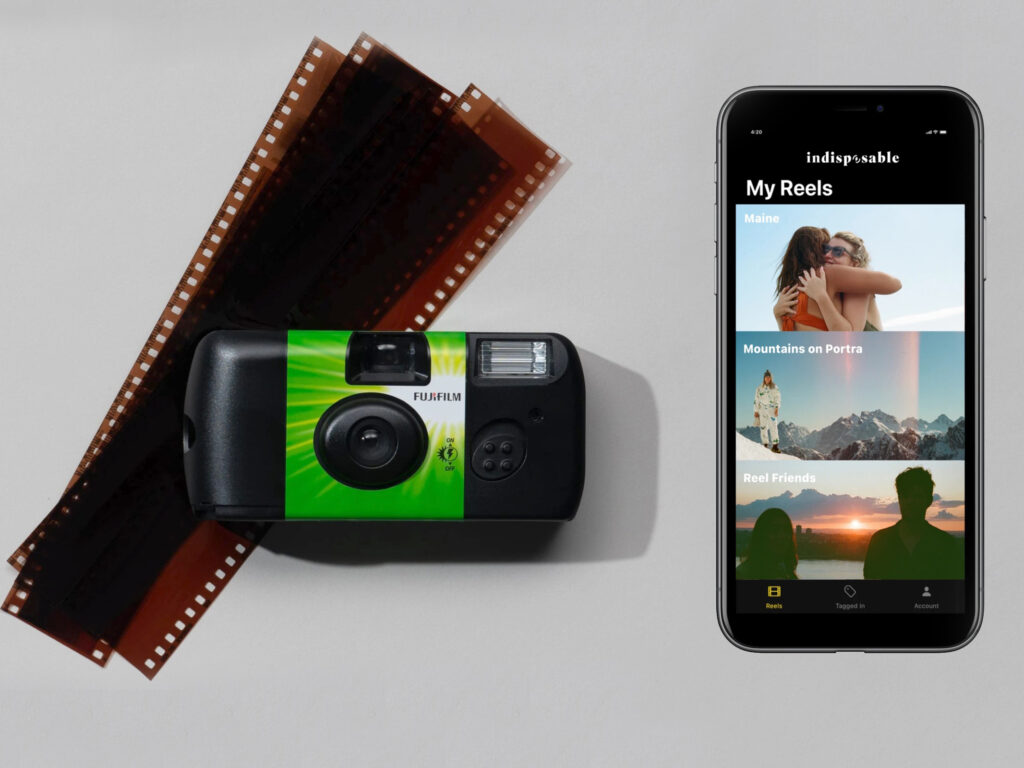
Things To Know About Scan Developed Film
Scanning is the process of converting film photographs into digital information. Scanning film has several uses, including preserving the originals’ quality, nyc develop film, making software edits, and publishing digital or manufacturing physical copies. You may also check in memories to keep them safe for the future.
What Are The Various Film Scanning Techniques?
Flatbed and specialized scanning are the two most used methods for digitizing film. Any image or document, even film, may be scanned using a flatbed scanner by placing it on a glass surface and sliding a light source and camera over it. Only film can be checked by dedicated scanners.
A camera and a predetermined light source are used to read the picture on the film, which is supplied via a slot or box. Both types of readers can process several formats of movies, including Super 8, Super 16, 35mm, 120, and 4×5.
What To Look For When Purchasing A Film Scanner
There are a lot of factors to consider when selecting a film scanner, including the amount of your film, the quality of your photographs, the speed at which you need to scan, and your budget. Specialized scanners often outperform desktop scanners regarding resolution, detail, and scanning speed. They are more costly and limited in the film they can scan.
Flatbed scanners are more adaptable, affordable, and user-friendly than specialist scanners. They are slower, more significant, and have worse color and contrast accuracy. Also, consider the accessories and equipment that come with the camera, such as methods to clean it, adjust the colors, and store film.
In What Ways Might A Film Scanner Be Put To Use?
Using a film camera properly requires some forethought and experience. Dust and fingerprints, which may produce marks and scratches on the film and the camera, should be removed first. You may use a soft cloth, a fan, scan developed film, or a brush to remove dust from your film and camera.
The second step is to load the film into the scanner. You may hang it on the frame or place it in the provided slot or tray. The printer’s instructions will tell you where to load the film.
Finally, you’ll want to scan your movie using either the software with your camera or a separate application. Optimizing your printout or digital file requires tweaks to settings like scale, color, contrast, and crop. Previewing your photos on a digital device before committing them to file format is possible.
Is There Anything More You Can Do Than Scan Films?
You may still utilize other methods if you have many films to scan and don’t want to invest in a film camera. A digital camera and a light source are two options for filming. Mount your camera on a tripod and place the film before a window or lightbox. Take the photo up close with a zoom lens or a large screen. Then, edit the images in software to improve the contrast, saturation, and sharpness. You may also have your film professionally scanned by sending it to a service or lab. You must submit your film to the service or lab, pick the scanning options you want, and obtain your digital files online or on a CD. You may also request copies or slides from the facility or laboratory.
